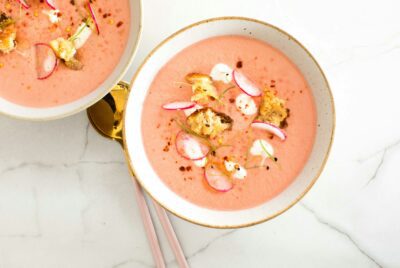RESEARCH
The Appearance of Indoor Plants and their Effect on People’s Perceptions of Indoor Air Quality and Subjective Well-Being
Summary
This study employed a web-based photo-questionnaire to investigate how the visual appearance of indoor plants influences people’s perceptions of indoor air quality (IAQ), relative humidity (RH), and subjective well-being (SWB). The research is considered important as it addresses a gap in understanding how plant aesthetics affect perceived benefits in indoor environments, particularly given that the physiological impact of single potted plants on room-scale IAQ is often small. The study recruited 520 voluntary participants and asked them to view photographs of twelve different indoor plants. The plants were selected to represent a range of physical characteristics, with a specific focus on plant shape. Participants used seven-point scales to rate the plants based on descriptive terms related to aesthetics and perceived benefits for IAQ, RH, and SWB.
The methodology involved administering the survey online and then performing both quantitative and qualitative analyses. The quantitative data from the rating scales were analyzed using statistical methods such as ANOVA and multiple linear regression to determine preferences, differences between plants, and the relationships between appearance descriptors and perceived benefits. Qualitative data from optional comments were subjected to thematic analysis to gather additional insights into participants’ views on indoor plants. A crucial aspect of the design was the inclusion of a single unhealthy plant to examine its effect on perceptions compared to healthy specimens. The study design aimed to understand which visual characteristics are most important to people and how they influence perceived benefits, which can inform plant selection for optimal psychological and environmental outcomes in built spaces.







